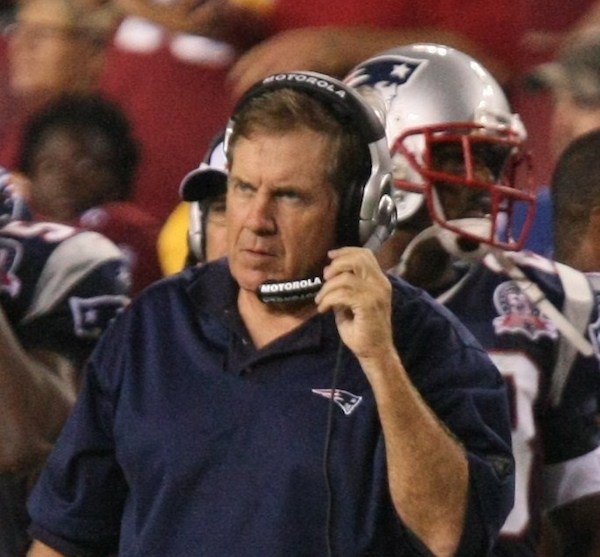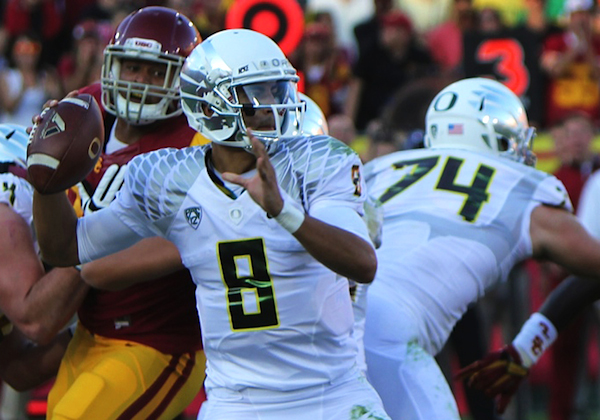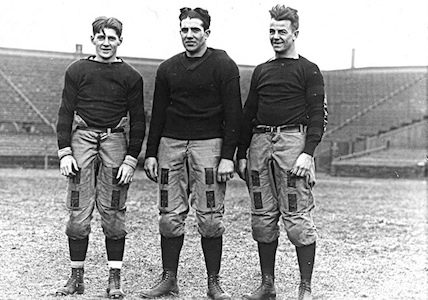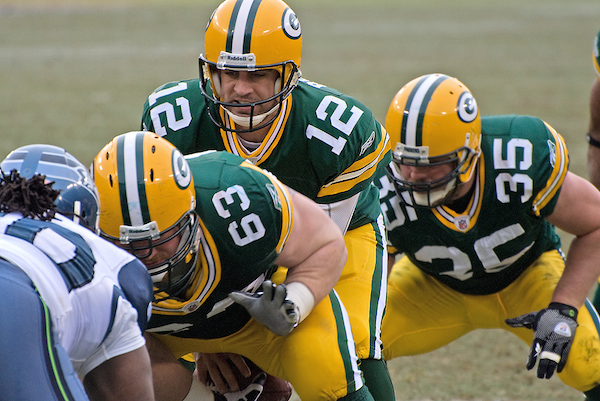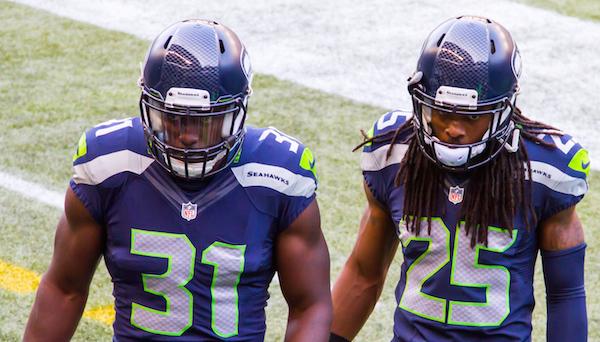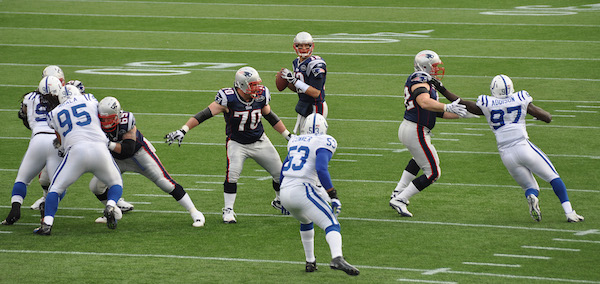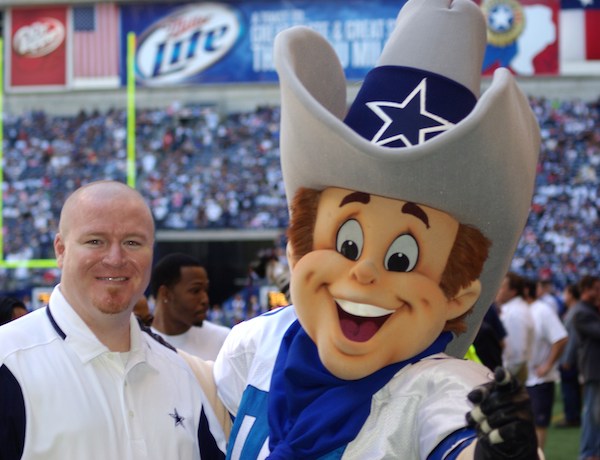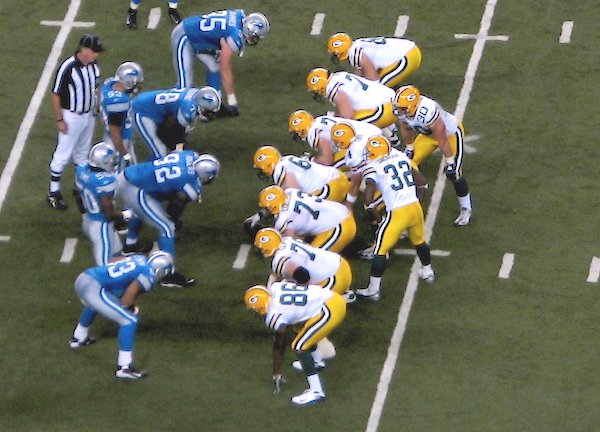In football, like many other pursuits, it’s important to abide by the rules of the game. Football is chock full of technicalities; intricate rules which mandate when and where players can move down to the inch, how teams can set up for plays, how players can dress, and even the minute details that determine the difference between a catch, a fumble, or an incompletion. In addition to its deep and complicated rules, football (like so many other aspects of life), also has a set of conventions. These unwritten rules are so woven into the culture of football that they seem as incontrovertible as the rules themselves. Convention has a powerful impact on how football games are played but as long as everyone abides by them they don’t have a significant impact on who wins football games. The New England Patriots, led by their brusquely radical coach Bill Bellichick are the one team that shows over and over again that they know the difference between a convention and a rule and that they are willing (and gleefully excited?) to break with convention in order to win football games. This past weekend, the Patriots beat the Baltimore Ravens 35-31 in the Divisional Round of the NFL playoffs. It was a close game and the Patriots might easily have lost the game if they had prepared for the game and reacted to its events in a conventional way. Let’s examine some of the conventions the Patriots broke and how then benefited from breaking them.
- Teams have playbooks and stick to them: In the NFL, the team playbook is a top-secret document of monumental importance. When players are cut, the conventional phrase used is, “Pick up your playbook and go see the coach.” Teams are obsessive about keeping the design and terminology of their offense secret. Minnesota Vikings linebacker Chad Greenway was quoted in an ESPN article saying this of NFL playbooks “you always have it with you. That’s the one thing that’s sacred to football. It has all our secrets.” The issue with all this secrecy is that it creates an assumption that teams run a set of plays that is particular to them from game to game and season to season and that these plays give them an advantage over other teams. The Patriots don’t particularly believe this. In 2006 the Hartford Courant wrote an article about this element of New England Patriotism and quoted Bellichick as saying, “It’s kind of there as a reference manual… I’m sure teams have our playbook.” The Patriots are less protective of their own playbook in part because they are more resourceful than other teams in sourcing and installing new plays. As we’ll see later, one of the biggest factors in their win over the Ravens was a set of plays which were inspired by Alabama’s college football team and one of the Patriots’ NFL competitors.
Lesson: Don’t be a one or even a ten trick pony. Focus on flexibility and fit your tactics to the task at hand. - Balance is good: Offensive football plays are generally divided into two main groups: running plays and passing plays. A running play is when the quarterback takes the ball and hands it to someone behind the line of scrimmage where the ball was when the play started. A passing play is when the quarterback tries to throw the ball across or down the field to one of his teammates. Although football has generally been evolving over the past twenty years into a league where teams pass more and more of the time, most teams abide by the convention that they should use a mix of running plays and passing plays during a game. There’s no rule against a team running all the time or throwing all the time but the common belief is that if you slant your tactics too far in one direction or the other, you give up the element of surprise and a defense that knows what is coming will find it easier to stop what you’re trying to do. In this weekend’s game against the Ravens, the Patriots ran the ball seven out of the 58 offensive plays they used and not a single time in the decisive second half. The Patriots believed they could exploit a Baltimore pass defense that Football Outsiders ranked 15th in the league more easily than their run defense which Football Outsiders ranked 5th in the league and they didn’t care who knew it, nor were they going to stop doing it once it started to work.
Lesson: If you find a competitive advantage, use it. Don’t let convention soften your advantages. - A football team looks like this: Football is a very ritualistic game. In a normal game, the two teams will line up against each other in 100 to 120 plays that each begin from a stand-still. This rigid structure is what makes football perhaps the most tactically interesting of all the major sports but it can also lead to rigidity in thought. Sometimes this rigid thought leads coaches or general managers to believe that a player who does not “look the type” cannot succeed. For decades (and still perhaps to some extent today,) this was played out in the sad discrimination against Black quarterbacks. Even today, players with unusual body types for their position, like short wide receivers (the Patriots have two starting wide receivers under six-feet tall) find their path to the NFL more difficult than their taller competition. Another way this plays out on the football field is in what blend of players a team uses and in what formations they set them up in. The Patriots have been more flexible about this than other NFL teams for years. In the early 2000s, when the Patriots won three Super Bowls, one of their best players was named Troy Brown. During the Patriots first two Super Bowl seasons, Brown was one of their leading wide receivers. In their run to the playoffs in 2004, the team suffered a series of defensive injuries, so they used Brown as a cornerback. They won the Super Bowl again. The Patriots also demonstrate flexibility in how they deploy players. A traditional formation on offense calls for a quarterback, five offensive linemen, one tight end, and a combination of running backs and wide receivers to fill out the eleven man team. In 2010, the Patriots shook up the league by regularly deploying two tight ends that were both threats to catch the ball. They led the league in points scored that season.
Just this weekend, the Patriots subverted the norms of football even farther when they ran four plays against the Ravens with only four offensive linemen on the field. This was extremely clever because the convention of having five offensive linemen on the field is bolstered by a rule which requires that exactly five players on the offense declare themselves as “ineligible receivers” on every play. What this means is that those players cannot catch a pass and run with the ball, nor can they run down the field to hit a defender while the quarterback has the ball. It’s generally assumed that these restrictions apply to offensive linemen but it’s not a rule. When the Patriots used four offensive linemen, they were potentially putting themselves at a disadvantage. There’s a reason why offensive linemen are behemoths with overly developed protective instincts. Without good offensive linemen, the defense would pummel the quarterback before he has a chance to throw the ball. This is especially true if the defense knows the offense is going to pass! By putting a smaller player on the field (and one who could only run backwards and could not touch the ball,) the Patriots were risking the safety of their quarterback and their ability to win. What they relied on and what indeed happened is that the defense was so confused by what was going on and so bound by convention, that they treated the ineligible receiver as a real threat. They took players away from attacking the quarterback to follow this ineligible receiver around. It wouldn’t have confused them forever but it worked for four plays and that might have been enough.
Lesson: Don’t allow convention to blind your common sense and by all means, if you can better your chances by legally and morally taking advantage of someone else’s devotion to conventional thought, do so.
The Patriots radical thought is not all good. It gives them a somewhat cold-blooded approach to personnel decisions. They understand the cost of paying a player a salary during their twilight years in the NFL based on performance in their prime years and so they err on the side of trading or cutting players slightly before the end of their primes. In making these decisions, they don’t seem to care at all if the player is a fan favorite or even very much about whether they are beloved by their teammates. It also means they knowingly choose to take risks on players that other teams may be wary of for off-the-field reasons. Tight end Aaron Hernandez, one of the two tight-ends the Patriots used in 2010 to lead the league in offense, is now awaiting trial for murder. For the most part though, the Patriots are good for the league. They encourage innovation and are a fine exhibition of how intellect and design can win in even the most muscle-bound competitions. Plus, they’re fun to watch. You never know what they’ll try next.

